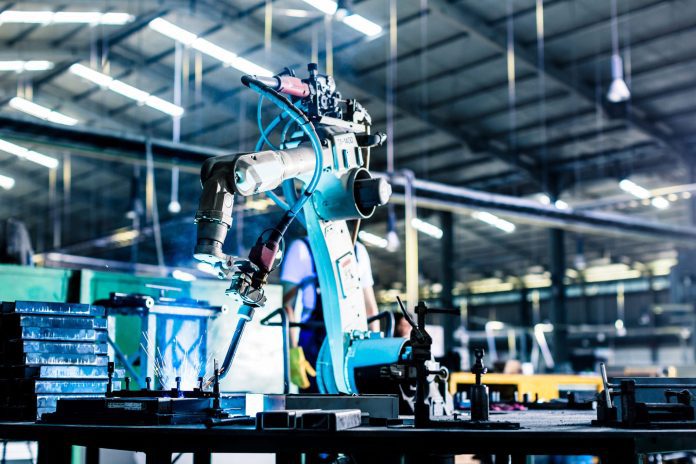What is Overall Equipment Effectiveness and how it impacts the manufacturing space?
Overall Equipment Effectiveness (OEE) is a measure of how well a manufacturing operation is utilized compared to its full potential, during the periods when it is scheduled to run.
OEE identifies the percentage of manufacturing time that is truly productive. An OEE of 100% means that only good parts are produced (100% quality), at the maximum speed (100% performance), and without interruption (100% availability).
By measuring OEE and the underlying losses, manufacturers will gain key insights on how to systematically improve your manufacturing process. OEE is the single best metric for identifying losses, benchmarking progress, and improving the productivity of manufacturing equipment (i.e., eliminating waste). The higher the OEE number, the lower the associated costs.
The term OEE was coined by Seiichi Nakajima and serves as the core of key manufacturing methodologies, including Total Productive Maintenance, Lean manufacturing, Six Sigma and World Class Manufacturing. OEE was further developed by the Japan Institute for Plant Maintenance, a nonprofit established in 1969 with the stated goal of “promoting safe, secure and reliable production and maintenance activities, as well as stabilizing and improving quality, in the world of industry through supporting problem-solving related to the enhancement of productivity, equipment-management technologies, and maintenance technologies and skills.”
“What it really comes down to is trying to reduce cost,” said Rockwell Automation Technical Evangelist Matthew Giordano. “OEE is a way to get a handle on that and get started on that cost reduction. [It] helps us identify where the opportunities are. Unless you are looking at OEE, that is a hard question to answer.”
In terms of how a typical manufacturer measures OEE today, “A lot of customers are still in the manual state…using clipboards, gathering manual accounts at the end of the shift or at the end of the day, or matching up material used with what they need to meet for their production goals,” Rockwell Automation Solution Architect Terry Gansen explained in a previous interview with Enterprise IoT Insights.
He continued: OEE is “utilized as far as matching up their production goals and trying to figure out, if they’re not meeting their orders, what are the potential causes–was it a particular area of the facility, was it a particular process? Then they can start to focus on accounts in specific areas. More and more customers want to forecast ahead and understand if they have the capacity to take on an order. Having better insights into what their current production is allows them to better forecast.”
How can 5G help to improve Overall Equipment Effectiveness?
According to Andy Rowland, head of digital manufacturing at BT, 5G technology can be used to reliably and securely connect new sensors to measure things like vibration, pressure and temperature to help predict equipment failures to improve the OEE score.
Also, a previous report by Tech Mahindra stated that the global manufacturing sector is at the cusp of a major digital revolution fueled by adoption of Industry 4.0 technologies, including 5G, that can improve OEE by enhancing process availability, reducing defects, and increasing productivity. “These ‘connected’ digital technologies are drivers that will enable enterprises to reduce time-to-actions through better analytics and enhanced visibility of shop floor performances.”
5G and Edge Computing enables seamless adoption of Industry 4.0 technologies that improve machine and process efficiency, system availability, reduce defects, and enhance productivity, the Tech Mahindra said.
For more 5G manufacturing content, check out the following:

